Six Fundamentals
There are six fundamental principles to offering solid IAQ solutions. These are six areas that we should already be addressing in our everyday HVAC business. By understanding and controlling these principles, you can be well on your way to providing a substantial IAQ solution for your clients.
These six principles are:
- Thermal Comfort
- Humidity Control
- Filtration
- Building Pressures
- Ventilation
- Pollutant Source Control.
Remember, “Prescription without diagnosis is malpractice.” Using the six previously mentioned principles, we, as an industry, need to look at the whole house or building as a system.
As an HVAC contractor, you must consider how the building performs; how the mechanical systems perform; and how the occupants interact with the two. Then and only then can we start to understand the dynamics of IAQ and all it entails.
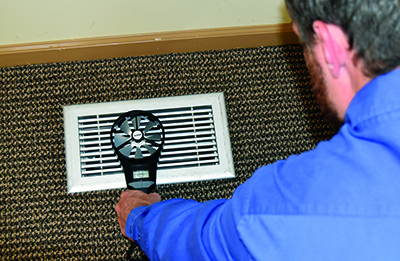
Gadgets Are NOT the Answer
Stop the gadget upselling. Contractors tend to have the misconception that certain products are silver-bullet solutions based on manufacturer claims. They think these products are like bug-zappers: zapping pollutants, bacteria, microbes, and viruses in midair.
This is often not the case. In fact, in many instances, the byproducts these devices produce are more harmful than the actual pollutants they are meant to treat. Contractors need to offer real solutions.
Duct Cleaning and UV Tech Mandates
Because of the pandemic, another hot IAQ topic right now is whether a governing body (local, state, or federal) should mandate duct cleaning or require all ducts to include UV technology to kill germs. Let me take you through how such a process or directive could change the HVAC industry.
If states mandated duct cleaning, the results would be inconsistent at best because most duct-cleaning techniques do not address the sterilization of microbes, viruses, or bacteria. In some instances, if not done properly, duct cleaning can make IAQ worse.
Click Below for the Next Page:



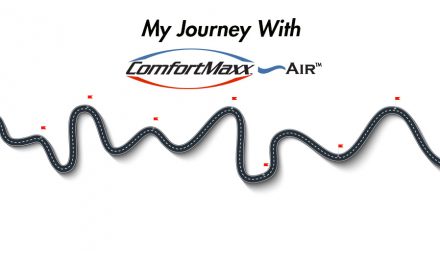
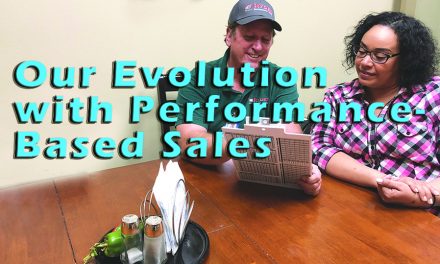
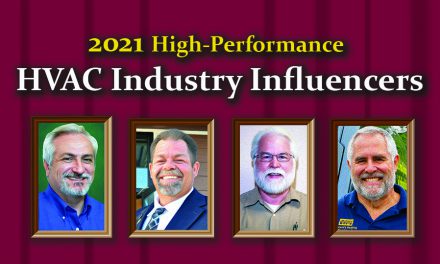






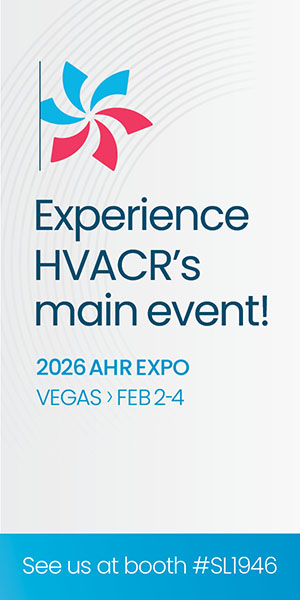
I worked for a building science company that really tried to get into IAQ. We even implemented an asthma study in single family homes that upgraded airflow, improved filtration, vented out stoves and bathrooms, provided guidance on cleaning practices, and measured everything. At the end of the study, the conclusive data we had was that gas ranges can’t actually be vented well enough to eliminate NOX emissions in the home.
Now I work for an HVAC company that is planning to work on making homes healthier. The challenge is that if you sell a gadget like a UV bulb or air ionizer that claims to clean the air and costs a few hundred dollars you will sell them whether or not they actually make IAQ better. A real solution may involve thousands of dollars in duct renovations, or a package of solutions that revolve around decluttering, better cleaning practices, getting rid of fragrance oil products that the customer loves, allergen resistant mattress covers, and replacing the brand new gas stove on that kitchen island with induction because no exhaust venting solution can actually take care of the problem.
What does an IAQ-focused business model look like when the biggest opportunity to make a house better is controlling pollutant sources? My favorite part of what I do for energy efficiency is when I have a solution to the customer’s problem that I get to implement. But sometimes there is an answer that they don’t like and not always because of the cost. People don’t usually want to get rid of the garage fridge from 1995.
In terms of IAQ they just remodeled that kitchen or bought a new house, the stove is functionally where they want it, and kitchen range hoods are loud.
Then there is the business challenge: I’d love to sell the customer a whole-house HVAC solution to their dust mite allergy problems, but what they really need isto replace their pillows and get a mattress cover. I’m not even confident that integrating higher levels of filtration or fresh air ventilation into heating and cooling ducts is actually a good idea because IAQ has different requirements than HVAC and running the fan more often can interfere with controlling humidity.
Great article, John! State mandates remind me of something you say quite regularly regarding IAQ solutions. Prescription without diagnosis is Malpractice.